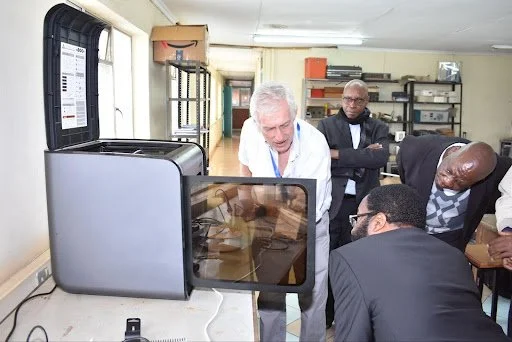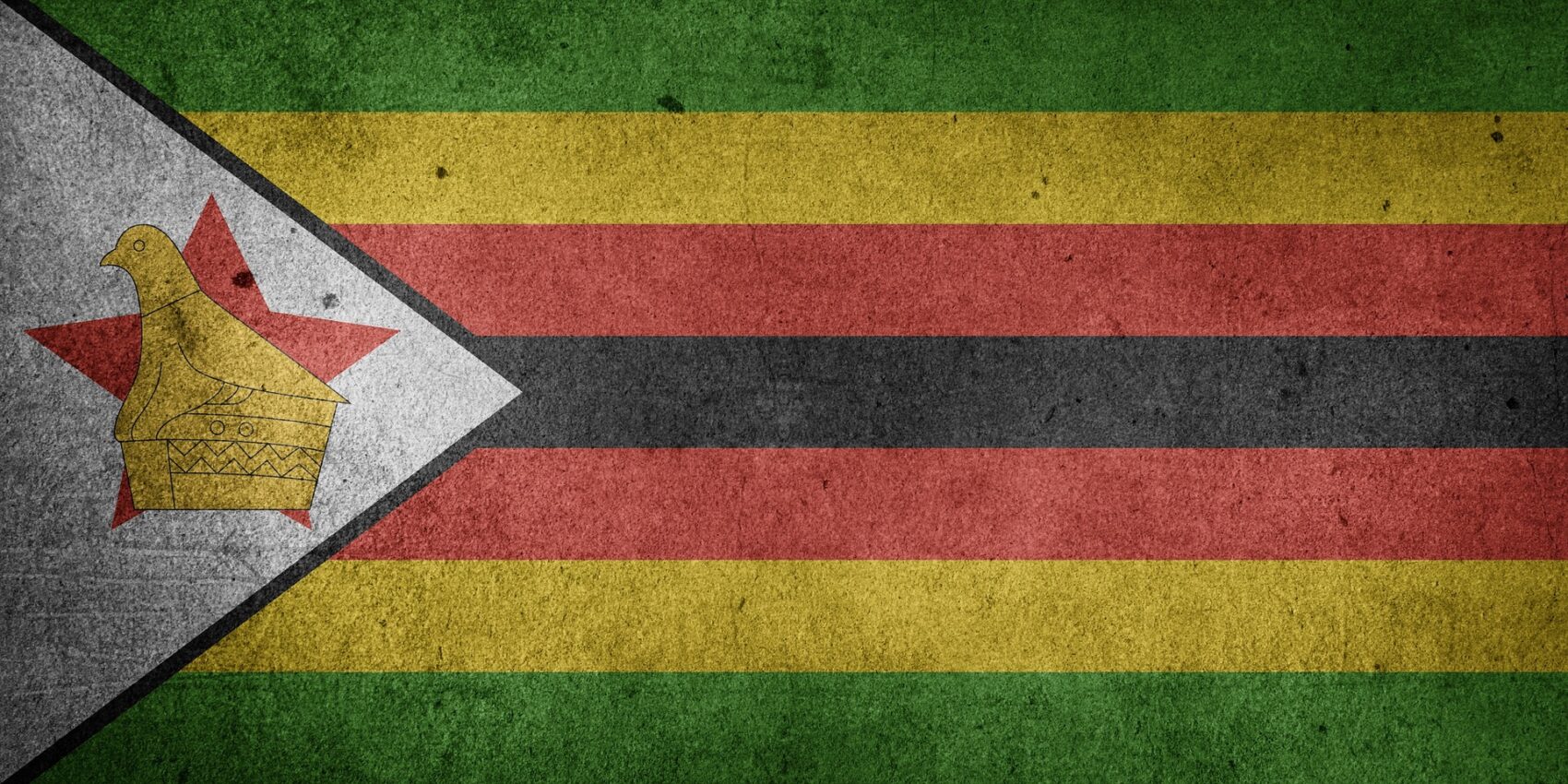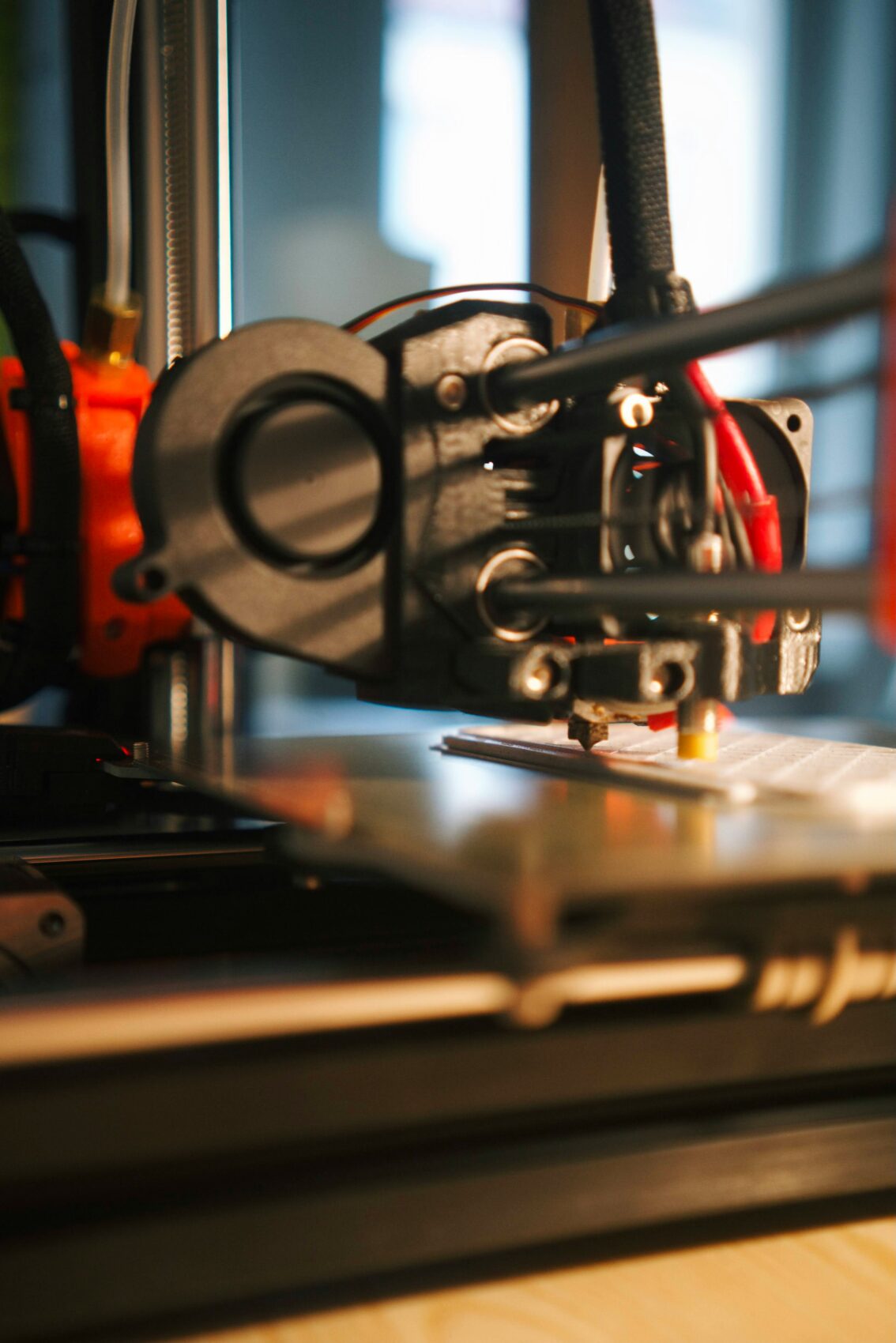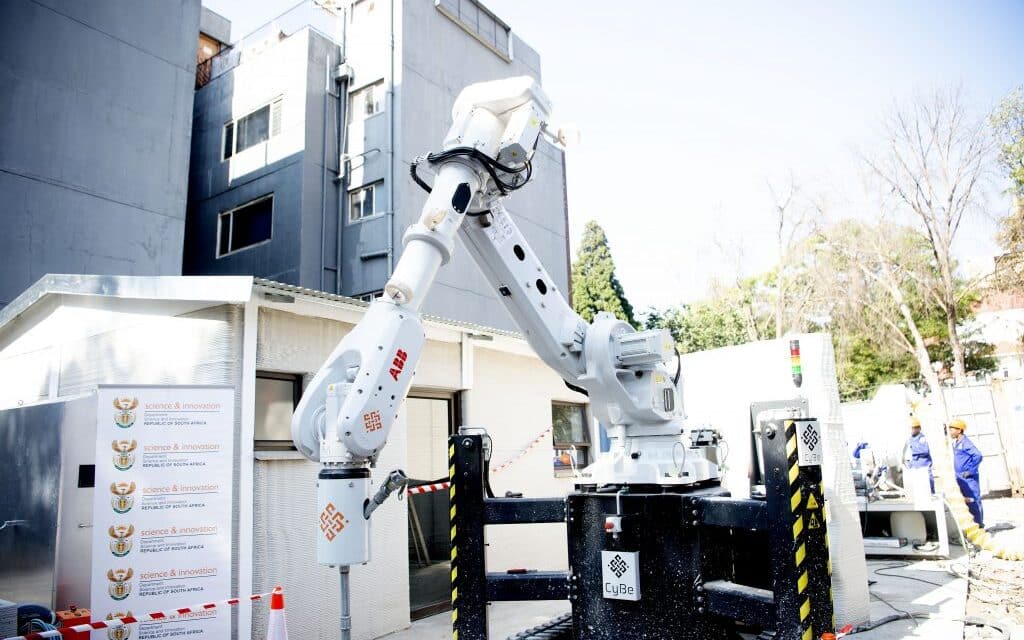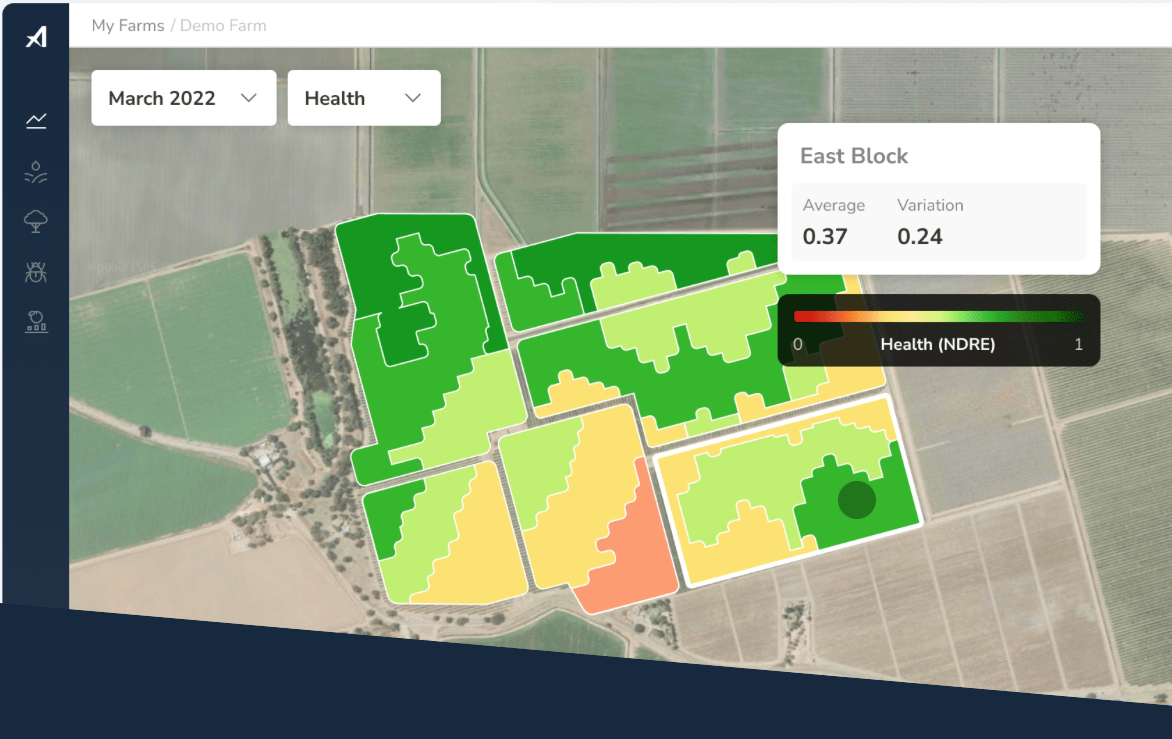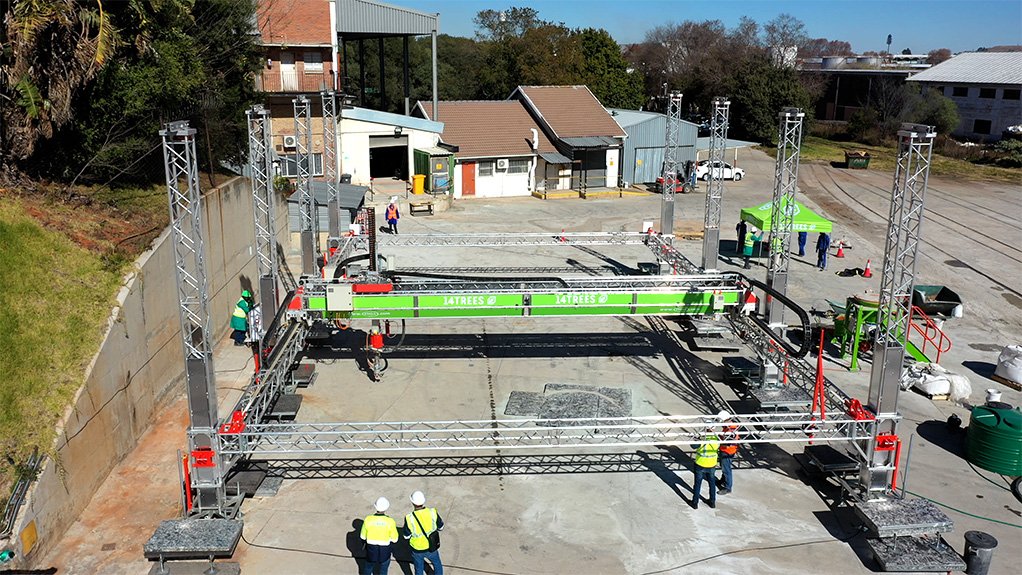As climate change intensifies, Africa faces a growing challenge in monitoring and predicting extreme weather events. With traditional weather stations becoming increasingly scarce and expensive to maintain, the continent’s ability to track crucial climate data has been severely compromised.
However, a groundbreaking solution is emerging from an unexpected source: 3D printing technology. African scientists and meteorologists are now at the forefront of a revolutionary approach to weather monitoring, one that could have far-reaching implications for food security, agriculture, and climate resilience across the continent.
Key Points:
- African countries face a critical decline in functioning weather stations, hindering climate monitoring.
- Innovative 3D-printed weather stations offer a cost-effective solution, costing $400-$600 compared to $25,000 for traditional stations.
- Kenya leads the adoption, having installed 24 3D-printed weather stations across the country.
- The technology improves real-time weather monitoring, crucial for agriculture and food security
- USAID commits $10 million to help 10 African governments adopt this technology.
In the face of escalating climate challenges, African scientists are turning to an unexpected ally in their fight against extreme weather: 3D printing technology. This innovative approach is revolutionizing how the continent monitors and forecasts weather patterns, offering a lifeline to communities grappling with the impacts of climate change.
The Weather Station Crisis
Africa’s ability to track and predict weather patterns has been in steady decline. According to Pete Peterson, Lead Rainfall Producer at the Climate Hazards Center, the number of functioning ground-based weather stations in Africa has plummeted from about 3,300 in 1981 to less than 800 in 2023.
“For many years, I have been collecting all the available station data, and watching the number of observations go down and down,” Peterson explains. “As the observation networks decay, and less data is shared internationally, our ability to track weather variations in many countries has really decreased.”
This decline has created a significant blind spot in global weather monitoring, making it increasingly difficult for scientists to produce accurate rainfall estimates – crucial for monitoring climate change and predicting weather-induced crises.
A Revolutionary Approach: 3D-Printed Weather Stations

The 3D-Printed Automatic Weather Station (3D-PAWS) represents a groundbreaking solution developed by scientists at the University Corporation for Atmospheric Research (UCAR). This innovation allows local meteorological organizations to fabricate and maintain weather stations independently at a fraction of the traditional cost.
Absae Sedah, Assistant Director of Meteorological Services at the Kenya Meteorological Department, highlights the economic impact: “The Government of Kenya has spent nearly $25,000 on each weather station it has procured from international vendors. With 3D-PAWS, we can manufacture a station in just one week for between $400–$600 using locally sourced materials.”
This dramatic cost reduction is made possible by using locally sourced materials, microsensor technology, low-cost microcontrollers, and a 3D printer. The result is a weather station that can be easily produced, maintained, and repaired locally.
Kenya Leads the Way
Following a training workshop in June 2023, Kenya became the first country to adopt the 3D-PAWS technology under the Famine Early Warning Systems Network (FEWS NET) program. By the end of September, the Kenya Meteorological Department had successfully fabricated and installed 24 weather stations across the country.
These new stations are already making a significant impact. Gideon Galu, FEWS NET Regional Scientist for East Africa, notes: “Kenya’s new 3D-printed weather stations transmit data every 15 minutes with observations covering rainfall, temperature, pressure, and relative humidity. These observations allow scientists to assess real-time weather conditions and issue weather advisories in areas where extreme climate events frequently occur.”
Implications for Food Security and Climate Resilience
The introduction of 3D-printed weather stations is not just about improved weather forecasting – it has far-reaching implications for food security and climate resilience across Africa.
Chris Funk, Director of the University of California, Santa Barbara Climate Hazards Center, emphasizes the importance of this data: “Having this data validated and available, especially as we’re in the middle of a very strong El Niño event and positive Indian Ocean Dipole, is going to really help in tracking extreme rains so we can anticipate impacts on agricultural production and food security.”
By combining data from these ground-based stations with satellite imagery, scientists can more effectively monitor and predict weather patterns, forecast agricultural production outcomes, and prepare for potential food emergencies.
Challenges and Future Prospects
While the benefits of 3D-printed weather stations are clear, challenges remain. Funk notes, “All weather stations can experience problems, which can be hard to detect, and reaching the stations for maintenance can be expensive. It can also be challenging to effectively communicate appropriate advice at local scales.”
Despite these challenges, the future looks promising. In March 2023, USAID/FEWS NET announced a $10 million commitment to help 10 African governments learn how to install, use, and maintain 3D-printed weather stations. As Kenya continues to validate data from its new stations, a second training workshop is already planned for Zimbabwe.
A Model for African Innovation
The 3D-PAWS project represents more than just a technological advancement – it’s a model for how African countries can leverage innovation to address pressing environmental challenges. By empowering local scientists and meteorological departments with the tools to produce and maintain their own weather stations, this project is fostering self-reliance and building local capacity.
As climate change continues to pose significant threats to African communities, innovations like 3D-printed weather stations offer a beacon of hope. They demonstrate that with ingenuity, collaboration, and the right technology, African scientists can lead the way in combating the climate crisis and building a more resilient future for the continent.
Frequently Asked Questions (FAQ)
3D-printed weather stations, or 3D-PAWS, are low-cost, locally manufacturable weather monitoring devices created using 3D printing technology, microsensors, and low-cost microcontrollers.
3D-printed weather stations cost between $400-$600 to produce, compared to about $25,000 for traditional weather stations purchased from international vendors.
Kenya is at the forefront, having installed 24 3D-printed weather stations across the country following a training workshop in June 2023.
USAID, through FEWS NET, has committed $10 million to help 10 African governments learn how to install, use, and maintain 3D-printed weather stations.
